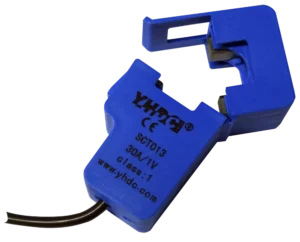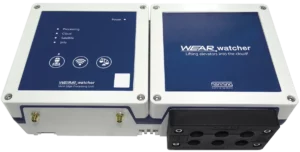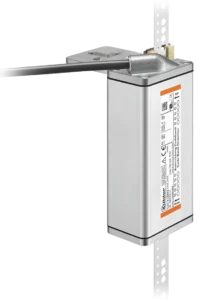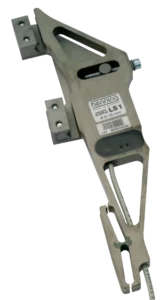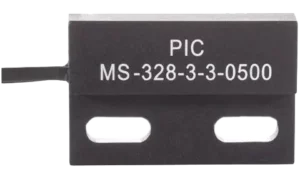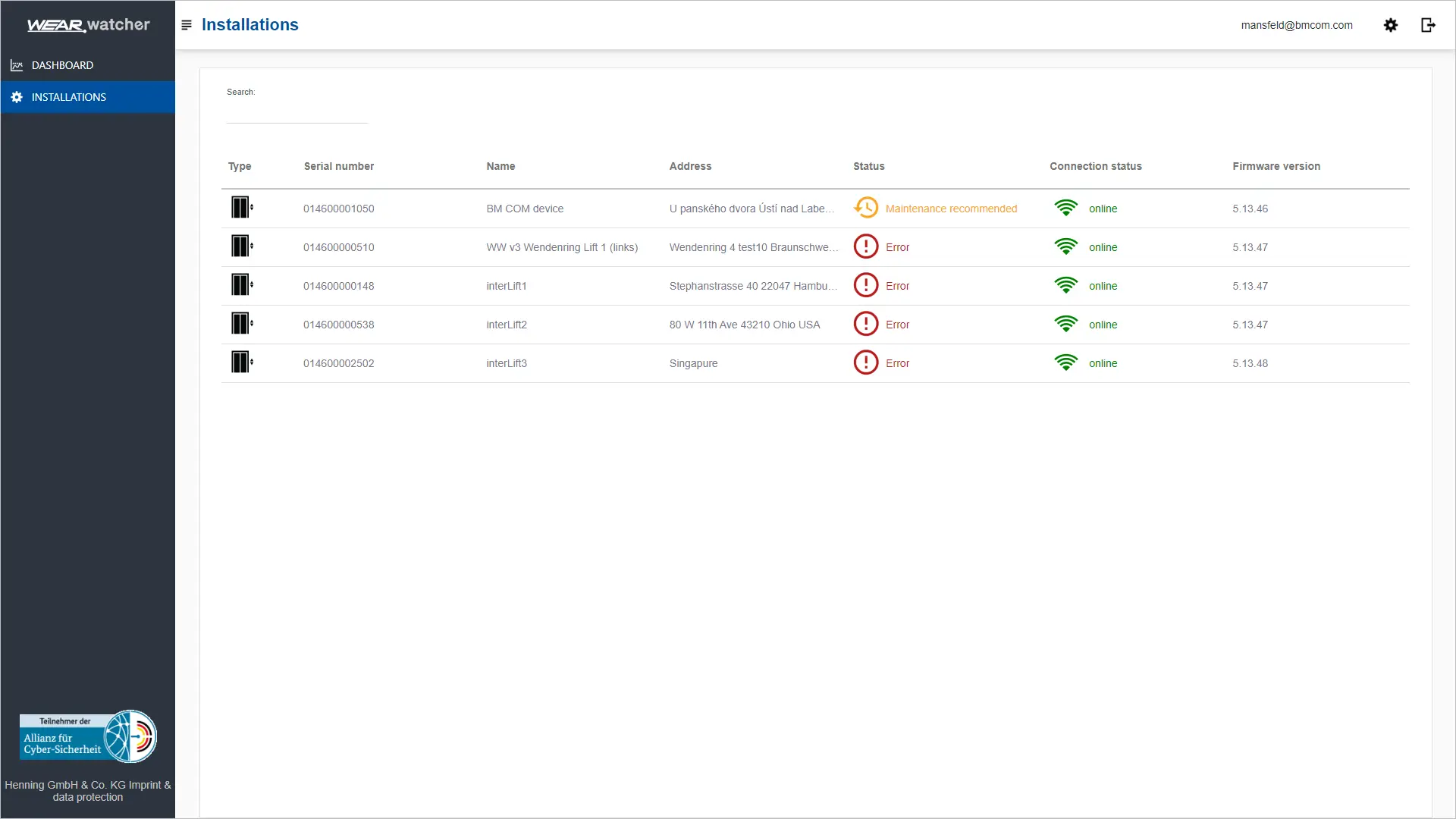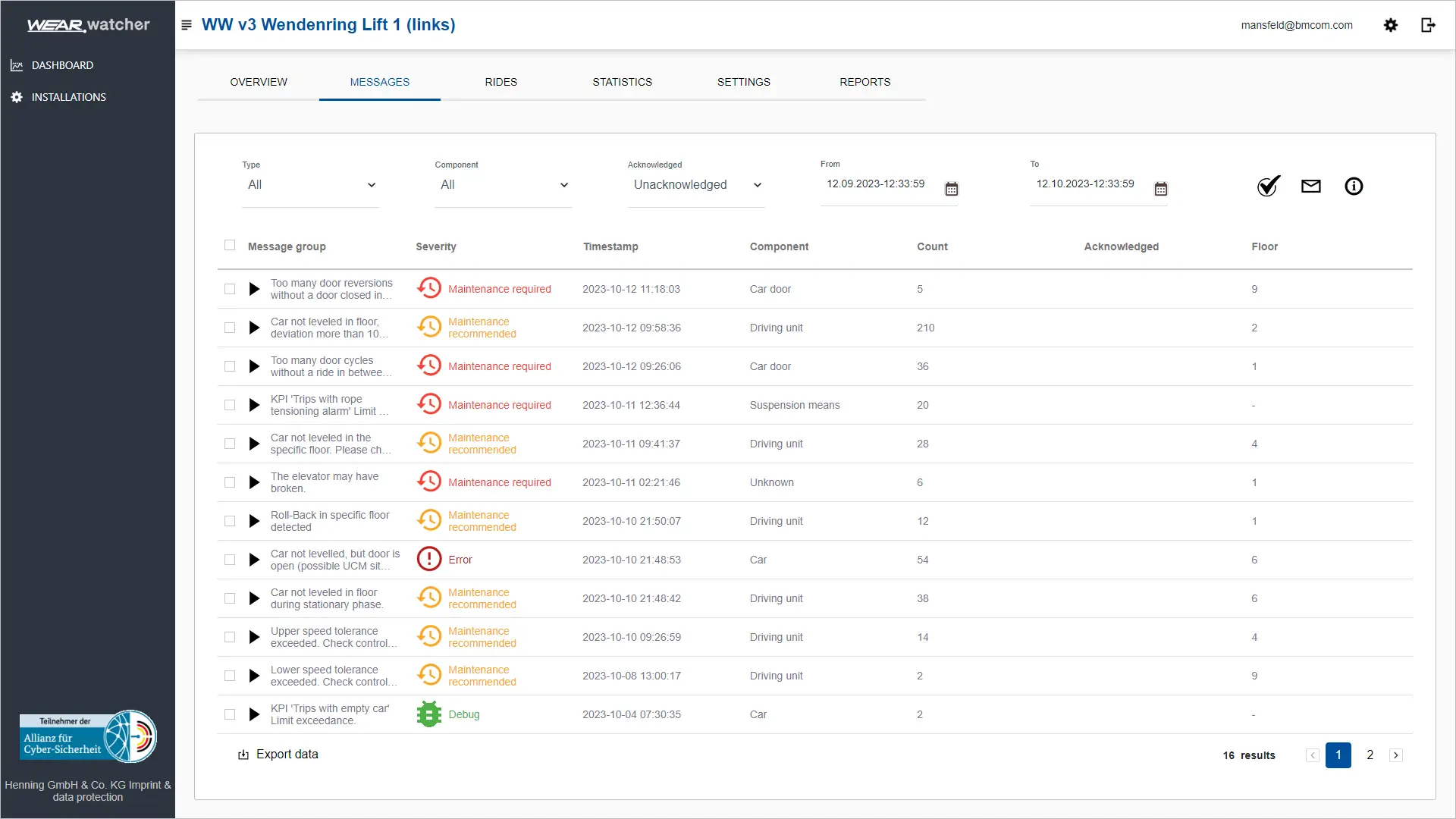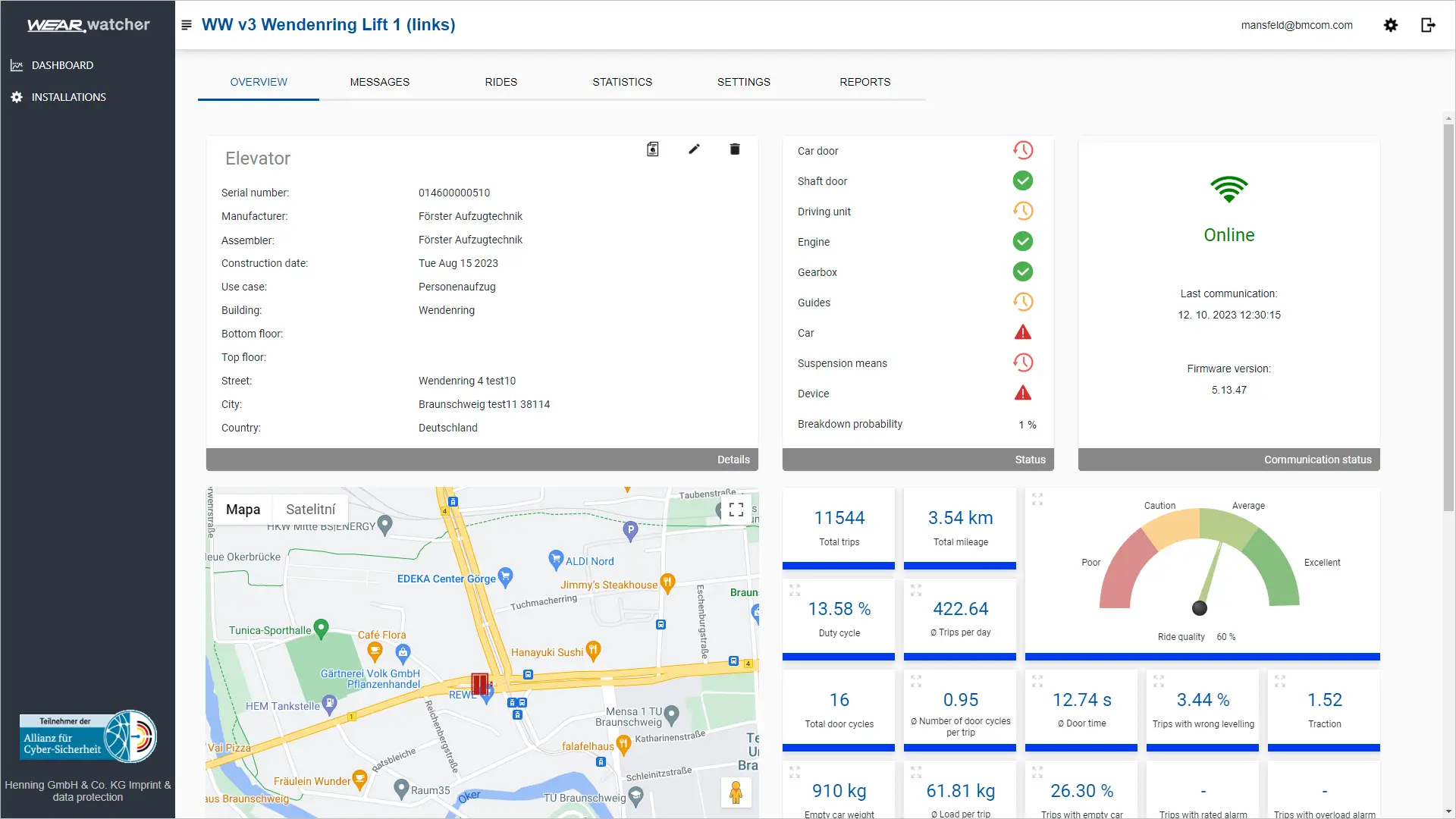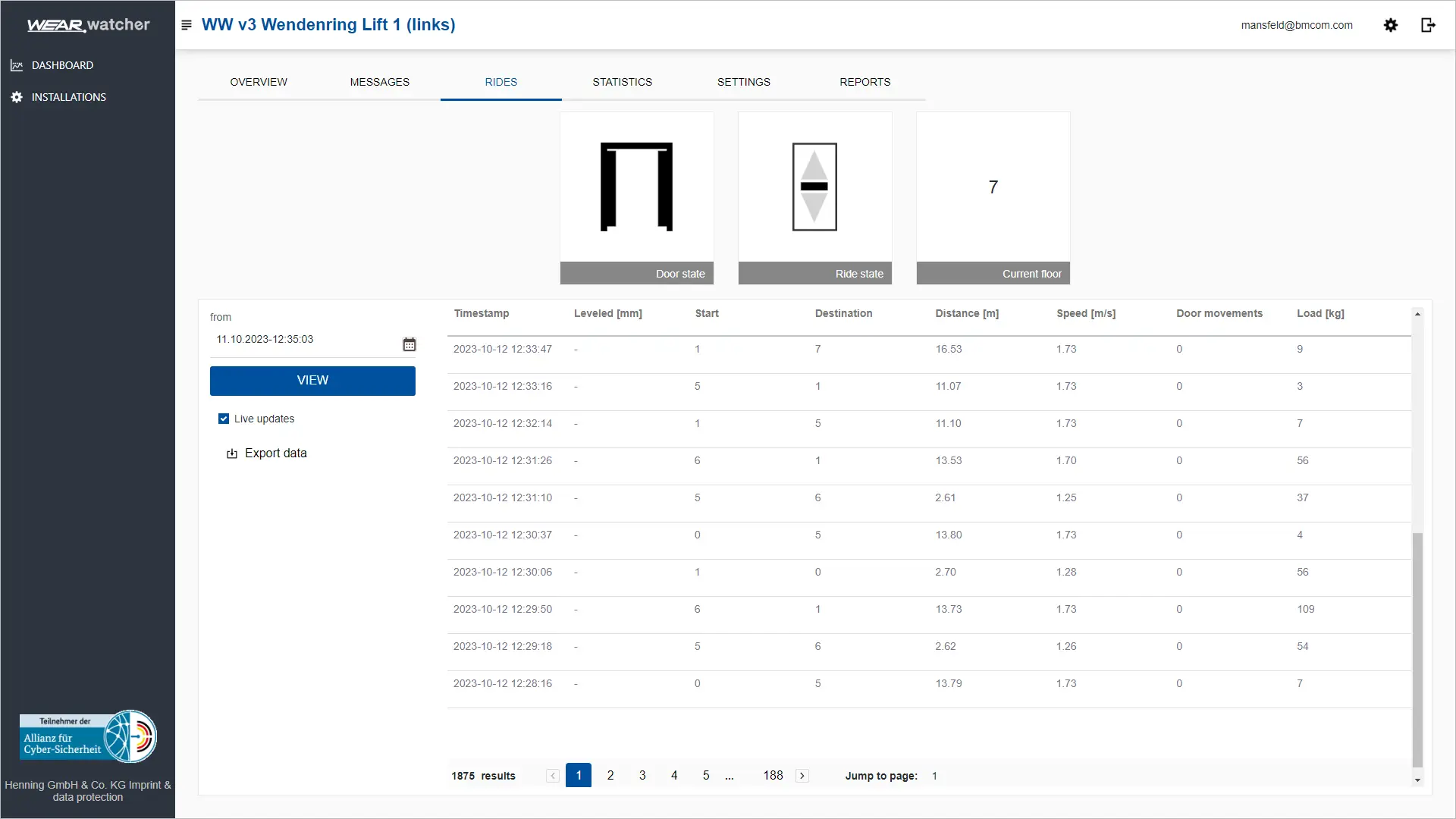Elevator
monitoring
Intelligent elevator monitoring with sensors, edge computing and machine learning offers a variety of benefits to operators of large elevator portfolios as well as their users. Reduce downtime, drive savings on operating cost and increase comfort of elevator users.
Solution for comlete elevator monitoring
Intelligent elevator monitoring with sensors, edge computing and machine learning offers a variety of benefits to operators of large elevator portfolios as well as their users.
It enables continuous monitoring of the condition of elevators in real time. Through the use of sensors, important parameters such as load, current consumption, acceleration and vibrations can be recorded and, with the consistent use of edge computing, can also be processed directly on site (without expensive, time-consuming data transfers) into an overall system status.
- $Click on the hotspot in the diagram for more information
- "Click on the hotspot in the diagram for more information
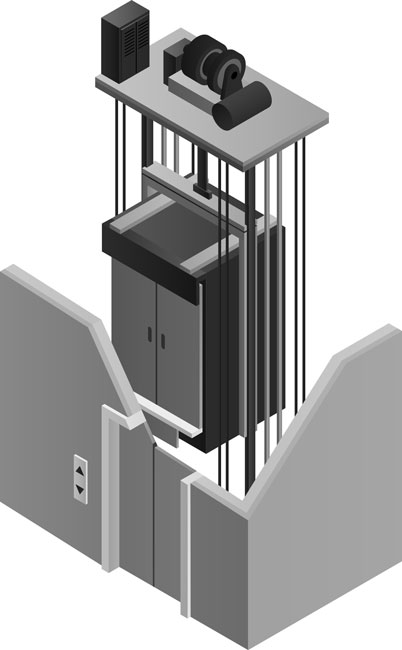
WEARwatcher Satellite PEU
Sensor data collection device, commuication with WEARwatcher MPU
APS Codeband
Indication of exact lift position.
WEARwatcher MPU
Integrated analysis unit, acceleration embedded sensor
APS Sensor
Indication of exact lift position
Rope Load Sensor
Weight measurement sensor
Electric Current Sensor Door Drive
Current measurement for door engine analysis
Door Signal Switch
Indicates door open or closed status
Intelligent elevator monitoring is an effective way to maximize elevator uptime and minimize downtime.
With the additional use of neural networks and artificial intelligence, patterns and anomalies in the data can be detected. Even this processing can be done (after training the networks over a large dataset) directly on-site at the elevator. This makes it possible to identify potential problems at an early stage and proactively carry out maintenance work before a breakdown occurs. This leads to improved elevator availability and a reduction in maintenance costs.
For operators of large elevator portfolios, elevator monitoring offers the added benefit of centralized monitoring and control. The integration of all elevators into a single platform allows the operator to monitor the status and performance of each elevator in real time. This enables efficient resource planning, optimization of maintenance work, optimization of energy consumption, taking of preventive measures and faster response to malfunctions, thus improving user satisfaction.
List of all features
Breakdown probability
Within the first few weeks of operation, WEARwatcher builds up an extensive database on which it constantly recalculates the current probability of failure. These mathematical operations take place in the device itself, and the result is visualised as the probability of failure in the cloud dashboard.
Duty Cycles
WEARwatcher continuously calculates the capacity utilisation of the system based on the lift rides wich take place. The actual travel time is set in relation to the total time (e.g. a value of 10% means that the lift actually runs for 6 minutes during one hour).
Ride distance
For each journey, the distance travelled is measured and displayed in the dashboard of the cloud. The total mileage is also calculated from this data.
Drive time
The actual duration of each ride is determined and stored in the database for further analysis.
Door Cycles
Depending on whether the lift is handling internal or external calls, parking trips or similar events, there will be different numbers of door cycles per lift ride. WEARwatcher records the corresponding door cycles per trip and monitors them in order to detect and report misuse as well as technical faults.
Levelling Precision
When entering a floor, the flushness is especifically monitored and recorded to the millimetre. This is done for each lift ride. In addition, WEARwatcher also monitors the requirements of EN81-20 paragraph 5.12.1.1.4 with regard to stopping accuracy, readjustment accuracy and corrective movements.
Speed
For the constant speed part of each ride, the speed will be determined, monitored with limit values and shown in the cloud dashboard.
Ride Quality
The ride quality parameters of the system are calculated and weighted according to the requirements of ISO18738, so that an up-to-date ride quality assessment of the system will constantly be available and visualised.
Number of rides
The Cloud dashboard also provides a total trip counter.
Load Conditions
In addition to information on the exact load condition for each individual ride and the monitoring of special load conditions (empty load, overload, etc.), statistical information on average load conditions are also determined, which may be included in a traffic analysis. Furthermore, WEARwatcher continuously determines the empty car weight, taking into account friction effects, suspension variances, balancing chains and tie-compensation.
Door reversion detection
Incomplete door cycles (door tries to close but opens again before the closed position is reached) are detected by the WEARwatcher and are reported, if desired as faults.
Shaft efficiency
WEARwatcher constantly calculates the current shaft efficiency (cf. e.g. VDI 4707) and thus determines friction losses between car guides and the guide rails.
Guides
Through constant vibration and jerk analyses as well as frequency monitoring, certain aspects of the condition of the guide rails are recorded and reported in the event of a fault. This includes lack of lubrication, insufficiently machined rail joints, catch marks etc.. The position of these faults is recorded and reported with millimetre precision.
Drive
Many causes of wear and faults in the drive (such as problems with the frequency converter or in the gearbox, etc.) are transmitted to the car via the load-bearing equipment. There, the vibration sensors of WEARwatcher detect these faults and identifies the possible causes of the problem via extensive analyses, which are then visualised and reported via the cloud.
Vibrations
The vibration sensors of WEARwatcher are mounted on the car. In addition to that, WEARwatcher satellites can be used to monitor other parts of the installation (for example the machine frame) via vibration sensors. The analyses specifically searches for problems and signs of wear which affect the drive, the guides and the doors (distinguishing between shaft and car doors) and report them via the cloud.
Twisted ropes
WEARwatcher detects twisted ropes, which could lead to massive reductions in rope service life, via the individual rope load measurement.
UCM warning
UCM situations are detected by WEARwatcher (independently of the actual system control) and permanently stored as well as reported for forensic purposes.
Sheaves wear
WEARwatcher determines the condition of the traction sheave via the individual rope load measurement by indirectly recording the diameters of all individual traction sheave grooves and thus detecting and reporting deviations to one another (worn grooves). The different diameters lead to massive rope tension changes during the travel processes and thus trigger massive rope wear. The possible number of bending cycles of the ropes is thus reduced to a fraction of their nominal value.
Car doors
Every door movement is evaluated through extensive vibration and frequency analyses. This provides a picture of the condition of the door and, above all, of any incipient wear and/or dirt on guides and rollers. By means of an allocation of floors and subsequent trend analyses, WEARwatcher can specifically determine whether problems arise at certain car doors or landing doors and report these to the cloud.
Hoistway doors
Every door movement is evaluated through extensive vibration and frequency analyses. This provides a picture of the condition of the door and, above all, of any incipient wear and/or dirt on guides and rollers. By means of an allocation of floors and subsequent trend analyses, WEARwatcher can specifically determine whether problems arise at certain car doors or landing doors and report these to the cloud.
Wear of ropes
The rope service life of a lift may vary extremely under the same design conditions if no adjustment of the ropes is carried out or if the ropes are not monitored correctly. Calculated lifetimes of for example 10 years are quickly reduced to only 1 year of real operating time. Conversely, the rope tension may be used to predict the service life. The rope tension is constantly monitored by WEARwatcher and critical situations are immediately reported. In addition to that, WEARwatcher provides each user with a digital tool for the simple, fast and accurate adjustment of the ropes on any WIFI-end device.
Emergency stop analysis
WEARwatcher is able to permanently monitor the traction capacity of the lift system. This means that critical operating conditions can be detected even before the next periodic inspection. Furthermore, comprehensive automatic trend algorithms reliably report incipient wear on traction sheaves and ropes, as well as forthcoming lubrication, contamination of the propellants with dirt, etc..
Grooves
WEARwatcher determines the condition of the traction sheave via the individual rope load measurement by indirectly recording the diameters of all individual traction sheave grooves and thus detecting and reporting deviations to one another (worn grooves). The different diameters lead to massive rope tension changes during the travel processes and thus trigger massive rope wear. The possible number of bending cycles of the ropes is thus reduced to a fraction of their nominal value.
Traction monitoring
WEARwatcher is able to permanently monitor the traction capacity of the lift system. This means that critical operating conditions can be detected even before the next periodic inspection. Furthermore, comprehensive automatic trend algorithms reliably report incipient wear on traction sheaves and ropes, as well as forthcoming lubrication, contamination of the propellants with dirt, etc..

